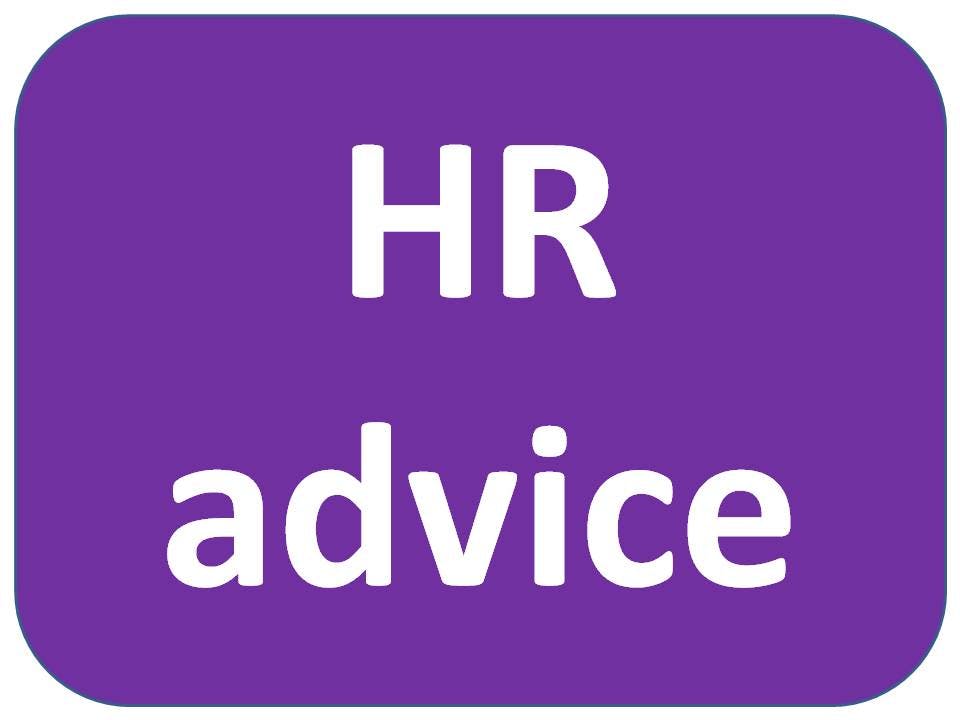Second of two parts
Traditional HR metrics have a limited impact because they are backward looking and they merely report what happened last year.
Much like telling you who won the Super Bowl last year, historical metrics don’t add nearly as much value as having someone tell you six months in advance who will likely win the Super Bowl next year.
Predictive analytics are superior because they analyze past and current data and reveal patterns and trends that may allow you to accurately predict upcoming people management problems and opportunities.
Top reasons predictive analytics are worth it
If you are trying to sell your leadership on switching to predictive analytics, here’s a list of the top reasons that make predictive analytics worth the extra effort.
- Predictive metrics initially make you aware of shifts in historical patterns — Because predictive metrics are forward-looking, they begin by looking for patterns so they can let you know which of the past historical patterns will remain steady and which ones will no longer hold true for the future. This information can inform decision-makers that their current HR programs may no longer work.
- An opportunity to stop guessing about the future — HR leaders can reduce “off-the-top-of-my-head” guesses and instead routinely make informed decisions about what is likely to happen in the future.
- They alert you so that you have time to prepare a plan – There are many more opportunities to be surprised by unpredicted events. Fortunately, because predictive analytics are forward-looking, they tell you what is about to happen. And because managers are alerted in advance, they have time to prepare a plan to mitigate the damages or even avoid the upcoming problem altogether. They can also warn decision-makers about upcoming positive talent opportunities, like an upcoming period of reduced talent competition in the recruiting marketplace, where you can fill your jobs with top talent more easily. You will dramatically decrease costs because you mitigate problems before they get out of hand.
- An opportunity to be strategic – Part of the very definition of being strategic is to be forward-looking. So implementing predictive analytics can demonstrate to executives that you are acting strategically by forecasting, assessing risk, and preparing for the future. Because strategic metrics are predictive, they make it more likely that elements of the HR plan will be integrated into the strategic business plan.
- Understanding “why” those shifts are happening — The best predictive analytics identify not just which factors are changing, but also why they are changing, so decision-makers can implement solutions that best fit the root cause of the problem.
- Revealing impacts increases the odds that decision-makers will act – Because actionable predictive analytics are designed specifically to increase executive action, executives are more likely to act when they read them. Actionable metrics advise decision-makers on important business impacts like the estimated costs of upcoming problems, the cost of doing nothing or delaying, and which actions have the highest probability of completely solving the predicted problems.
- The time to respond to an executive query will be reduced – Because most predictive analytics approaches are electronic, more integrated, and comprehensive than traditional HR metrics, the time that it takes to get an answer to a decision maker’s query may be reduced dramatically.
- Predictive analytics can allow you to model different approaches – Advanced analytics processes allow decision-makers to develop a model which allows them to try out different alternatives and to vary the constraints and the assumptions in order to see how the results would change. Such models or if-then scenarios can excite decision-makers, while at the same time helping to avoid major errors because new approaches have been mathematically simulated.
- They provide your firm with a competitive advantage – If your talent competitors don’t develop predictive analytics, the predictions provided to your decision-makers can provide your firm with significant talent and business advantages.
- They can cover all critical talent areas – Predictive metrics can provide heads-up alerts in all of the important talent areas including recruiting, retention, leadership, performance management, and internal movement.
- Becoming aware of new relationships in talent management – Predictive analytics can reveal new relationships between talent factors that did not exist in the past. For example, a policy shift requiring part-timers to work under 30 hours per week to avoid health insurance costs may have unintended consequences. It could now significantly hamper recruiting and increase turnover problems in jobs that had no past history of recruiting or retention problems.
Final thoughts
If you have been wavering on completely implementing traditional or predictive analytics, I hope the multiple reasons or benefits that I provided here will finally convince you that the time to act is now.
In the business world where every function makes decisions based on data, HR and talent management can no longer be looked upon as a laggard in this critical business area. Instead of guessing, it’s time to actually know with reasonable certainty what is about to happen in talent management.
Did you miss Part 1? Check out Why HR Needs to Get Serious and Adapt Workplace Analytics
